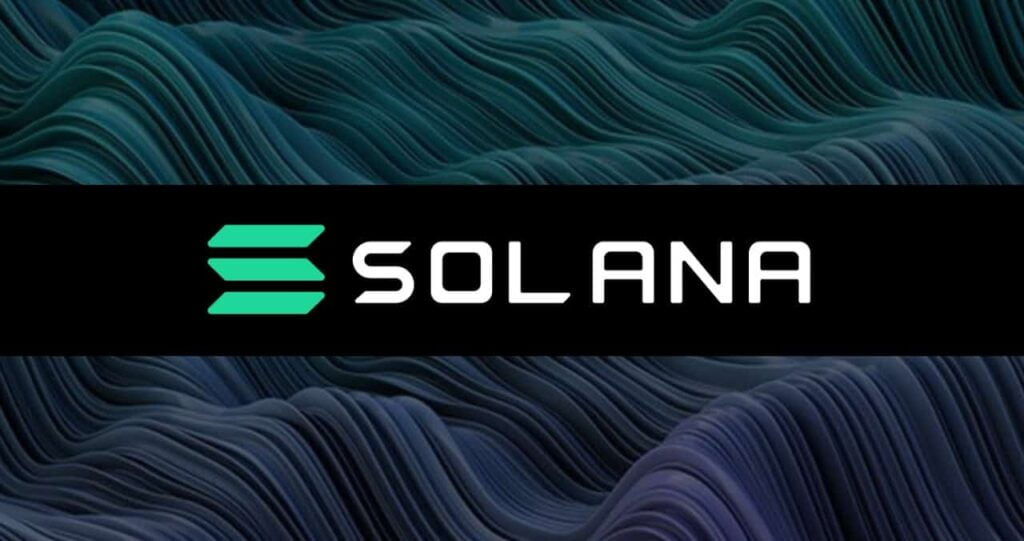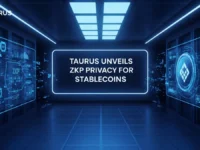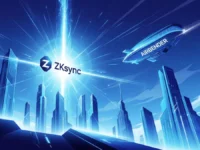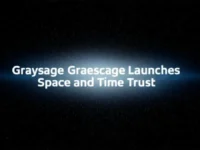A Solana network transaction takes less energy than searching twice with Google

A recent report by the Solana Foundation says that a transaction on the Solana network uses less energy than two searches on Google and about 24 times less energy than charging a phone. In the November 2021 report, the foundation published details of the energy consumption of the Solana network. The Solana Foundation claims that it hired energy and climate advisor Robert Murphy to record the environmental impact of transactions on the Solana Global State Machine. The report states:
“Transactions are the basic building blocks of Solana: buying an NFT, closing a deal, or any of the other activities you can do with Solana are all transactions.”
Energy consumption of Solana network
Using the energy consumption of Google searches and Solana transactions, the report found that a Google search consumes 1,080 joules (J), while a Solana transaction consumes 1,836 J. In contrast, it takes around 36,000 J to produce a single LED It operates for one hour and requires 126,000 J for a single eth2 transaction.
The report also shows that the entire Solana network uses an estimated 3,186,000 kWh per year, roughly the same as 986 households in the US.
The Solana network is less decentralized than Bitcoin and Ethereum and has 1,196 validation nodes that process 20 million transactions annually. It relies on the Proof of Stake (PoS) consensus mechanism, which requires less energy compared to the Proof of Work (PoW) mechanism. Bitcoin and Ethereum use the PoW mining process. As a result, their energy consumption is comparatively high. According to the Solana Foundation report, a Bitcoin transaction will use 6,995,592,000 years and an Ethereum transaction will consume 692,820,000 years. After switching to the PoS mechanism, Eth2 is expected to use 99% less energy than the current mainnet.
Solana Foundation wants even lower energy consumption
Despite the already lower energy consumption, the Solana Foundation plans to further reduce the environmental impact of the Solana ecosystem. According to the foundation, there will be a new program by the end of the year. It will allow the Solana validation network to be carbon neutral and offset the footprint of the ecosystem. The report concludes:
“The Solana Foundation will continue to publish regular reports on Solana’s energy consumption and take measures to minimize the environmental impact of the ecosystem.”
Ripple (XRP) is another energy efficient alternative. It consumes 28,440 joules per transaction. According to a report released by Ripple last year, the energy used to make one million transactions on the network could run a lightbulb for 79,000 hours. In comparison, the energy used for one million BTC transactions can run a lightbulb for 4.51 billion hours. Because of this huge difference, Ripple explains that XRP is 57,000 times more energy efficient than Bitcoin …





